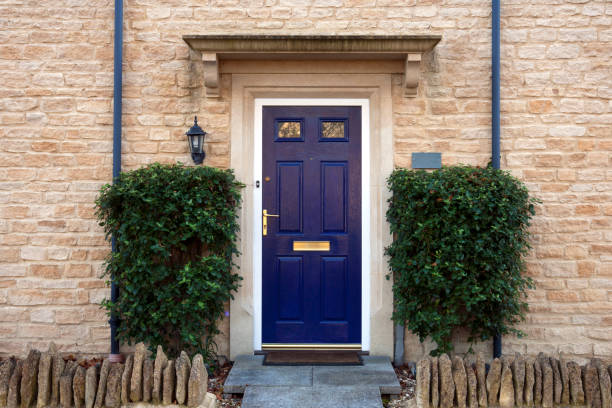Doors are more than just entry points to our homes; they are essential components of security, privacy, and aesthetics. Understanding the basics of door anatomy is crucial for selecting the right door for your needs. In this blog post, we’ll explore the fundamental elements that contribute to the security and functionality of a door.
Frame and Jambs: The Foundation of Door Stability
The door frame and jambs provide the structural support for the entire door system. Usually made of wood, metal, or a combination of both, the frame surrounds the door and connects to the walls. The jambs, vertical pieces attached to the frame, secure the door in place when closed. A sturdy frame and jambs are essential for overall stability and security.
Door Core: Solid or Hollow?
Arched Door typically have solid or hollow cores. Solid-core doors are made from a solid material such as wood or metal, providing better insulation, durability, and soundproofing. On the other hand, hollow-core doors have empty spaces inside, making them lighter and more affordable. The choice between solid and hollow cores depends on factors like insulation needs and budget constraints.
Panels and Styles: Adding Flair to Functionality
Door panels not only contribute to the aesthetic appeal of a door but also enhance its structural integrity. Panels can be flat, raised, or recessed, and they come in various styles and designs. Beyond aesthetics, paneling adds strength and durability to the door, making it resistant to warping and damage.
Material Matters: Wood, Metal, or Fiberglass?
The material of a door greatly influences its performance and lifespan. Wood is a classic choice known for its warmth and elegance, but it requires maintenance. Metal doors offer excellent security and durability, while fiberglass doors mimic the look of wood without the maintenance. Each material has its advantages, and the choice depends on your preferences and the specific needs of the location.
Hardware: Locks, Handles, and Hinges
The functionality of a door heavily relies on its hardware, including high-quality locks, sturdy hinges, and, of course, brass door handles. These handles not only contribute to the overall aesthetic appeal of the door but also play a crucial role in ensuring both security and ease of use. Deadbolt locks provide an extra layer of security, and the combination of robust handles and hinges is vital for withstanding frequent use. Investing in durable hardware, such as brass door handles, ensures the long-term reliability and performance of your door.
Weather Stripping: Keeping the Elements at Bay
Weather stripping is a critical component for exterior doors, preventing drafts, moisture, and unwanted pests from entering your home. It is usually made of rubber or foam and is applied around the edges of the door to create a seal when closed. Proper weather stripping improves energy efficiency and comfort indoors.
Conclusion:
Understanding the basics of door anatomy empowers homeowners to make informed decisions when selecting doors for their spaces. From the frame and core to the material and hardware, each element plays a crucial role in creating a secure, functional, and aesthetically pleasing door. Whether you’re replacing an old door or choosing one for a new construction, taking these factors into consideration ensures that your doors meet both your practical and stylistic needs.
